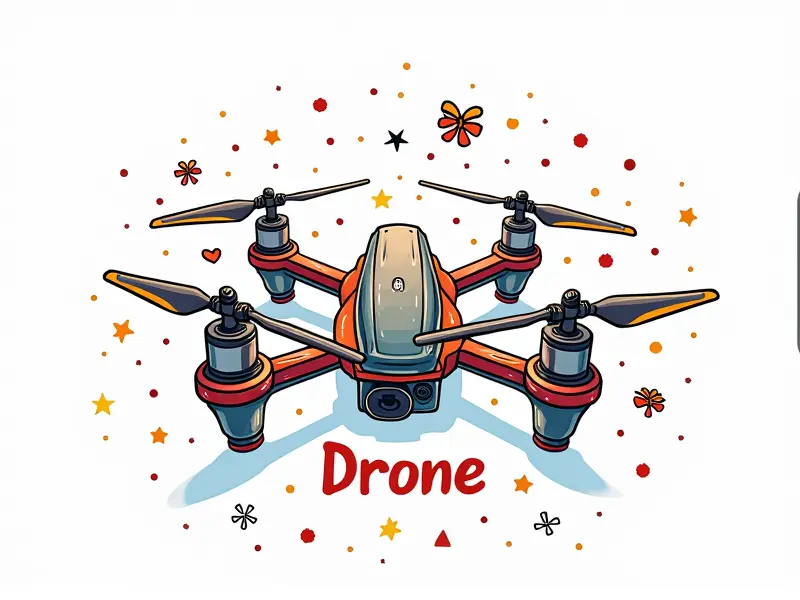How to trim an RC helicopter?

Mastering RC Helicopter Trim Settings
Welcome to the world of remote-controlled (RC) helicopters! Whether you're a seasoned pilot or just starting out, understanding how to trim your RC helicopter is crucial for achieving smooth and stable flight. Proper trimming ensures that your heli performs optimally under various conditions.
Perfect Trimming Techniques for RC Helis
The process of trimming an RC helicopter involves adjusting the control surfaces and settings to compensate for mechanical imbalances, aerodynamic forces, or pilot input errors. This section will guide you through the essential techniques needed to fine-tune your heli.
Quick Guide to RC Heli Trimming
- Pre-flight Checks: Ensure all components are securely attached and functioning properly before taking off.
- Initial Setup: Set the throttle, pitch, yaw, and roll controls to neutral positions.
- In-flight Adjustments: Make small adjustments while flying to correct any instability or imbalance.
Essential Tips for RC Helicopter Trimming
To achieve optimal performance, follow these essential tips:
- Start Slowly: Begin with minor adjustments and gradually increase the scope as you become more comfortable.
- Use a Stable Environment: Find a calm area free from wind gusts to make accurate trims.
- Document Changes: Keep track of your trimming process for future reference or troubleshooting.
Beginner's Guide to RC Helicopter Balance
Maintaining balance is key to a well-functioning RC helicopter. Here’s how beginners can ensure their heli stays balanced during flight:
Achieving Smooth Flight with RC Heli Trim
- Center of Gravity (CG): Adjust the CG by moving battery packs or other heavy components to achieve optimal balance.
- Servo Alignment: Ensure that all servos are properly aligned and functioning correctly for smooth control inputs.
- Propeller Balance: Use a propeller balancer tool to ensure both blades are perfectly balanced, reducing vibrations.
Optimize Flight Stability with RC Heli Trim
To optimize flight stability, focus on the following aspects:
- Pitch Control: Adjust the pitch curve settings in your transmitter to match your heli's performance characteristics.
- Yaw and Roll Compensation: Fine-tune yaw and roll trims to correct any unwanted drift or tilt during flight.
- Throttle Trim: Ensure that the throttle is properly trimmed for smooth takeoffs and landings without sudden drops in power.
Easy Steps to Perfect RC Helicopter Trim
Finding the perfect trim settings can be a bit daunting, but with these easy steps, you'll have your heli flying smoothly in no time:
Step-by-Step RC Helicopter Trimming Tutorial
- Pre-flight Inspection: Check all components for proper installation and alignment.
- Neutral Position Setup: Set your transmitter to neutral positions before takeoff.
- In-Flight Adjustments: Make small adjustments while flying, focusing on one control surface at a time.
- Landing and Review: Land safely after each flight session and review any necessary changes.
Top Tricks for RC Helicopter Fine-Tuning
Here are some advanced tricks to fine-tune your RC helicopter:
- Dynamic Trimming: Adjust trims dynamically during flight based on real-time performance feedback.
- Servo Micro-Adjustments: Make tiny adjustments to servos for precise control and stability.
- Software Calibration: Use software tools provided by your transmitter manufacturer for more accurate trimming.
Simple Steps to RC Helicopter Trimming
To simplify the process of trimming, follow these straightforward steps:
- Identify Issues: Determine which aspects of flight need improvement (e.g., stability, responsiveness).
- Make Adjustments: Use your transmitter's trim functions to make necessary adjustments.
- Evaluate Results: Assess the impact of each adjustment and refine as needed.
Conclusion
Mastery over RC helicopter trimming is essential for achieving smooth, stable flight. By following these detailed guides and tips, you'll be able to fine-tune your heli's performance and enjoy a more enjoyable flying experience. Remember, practice makes perfect – keep experimenting with different settings until you find the ideal balance for your specific model.

